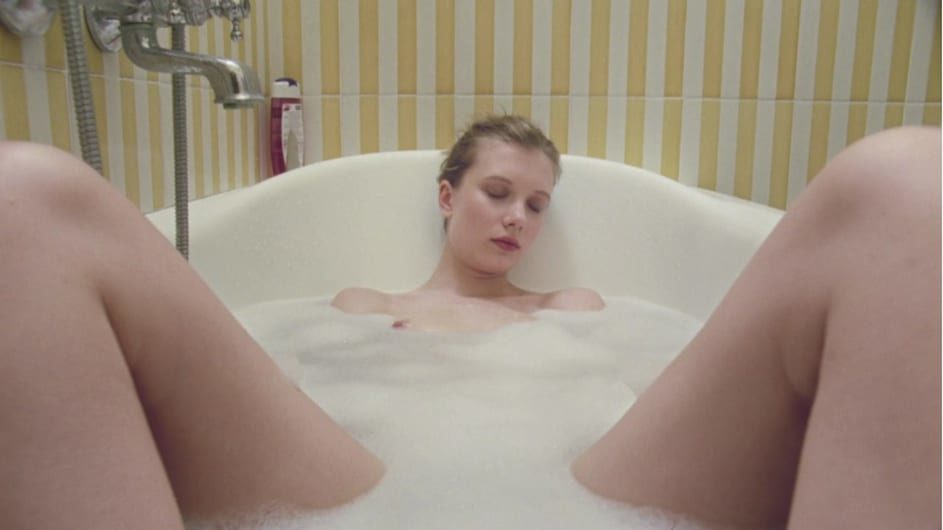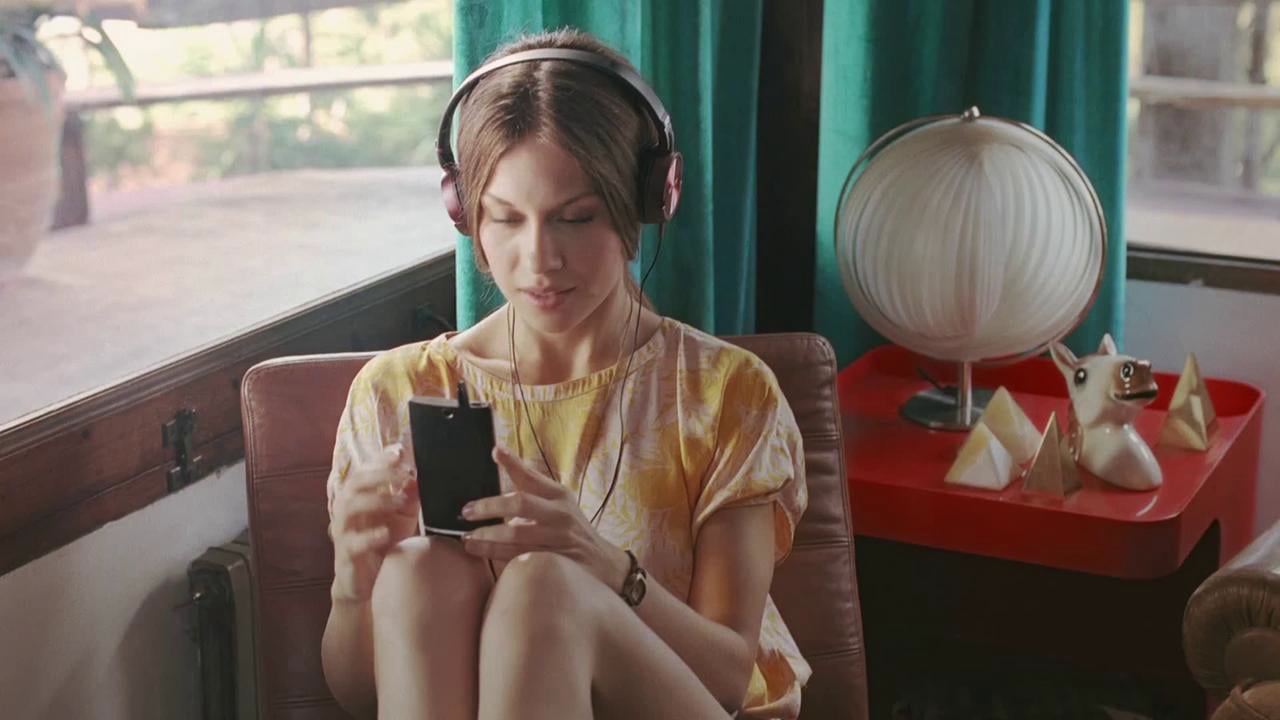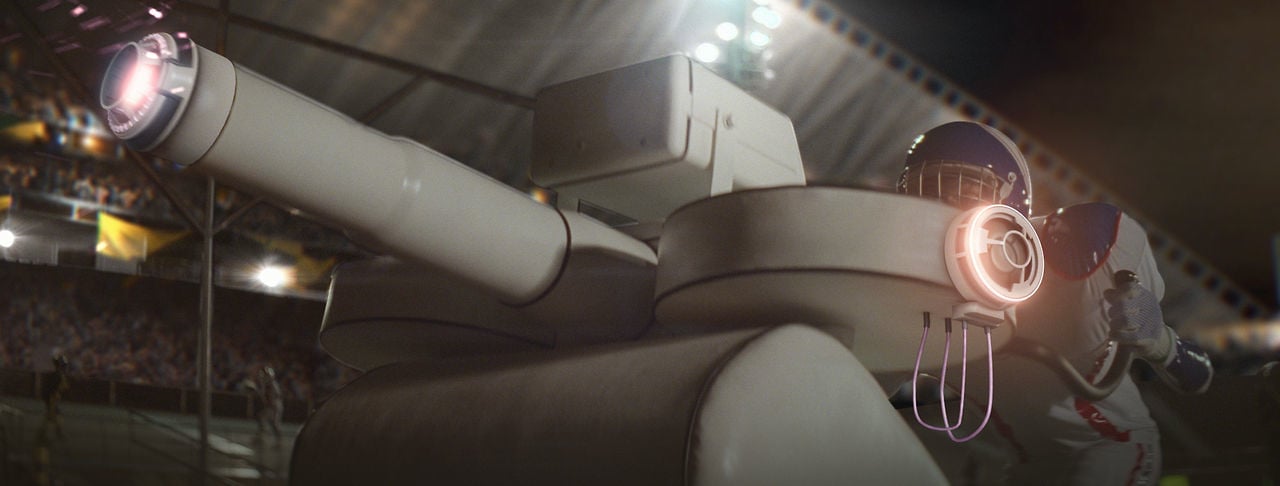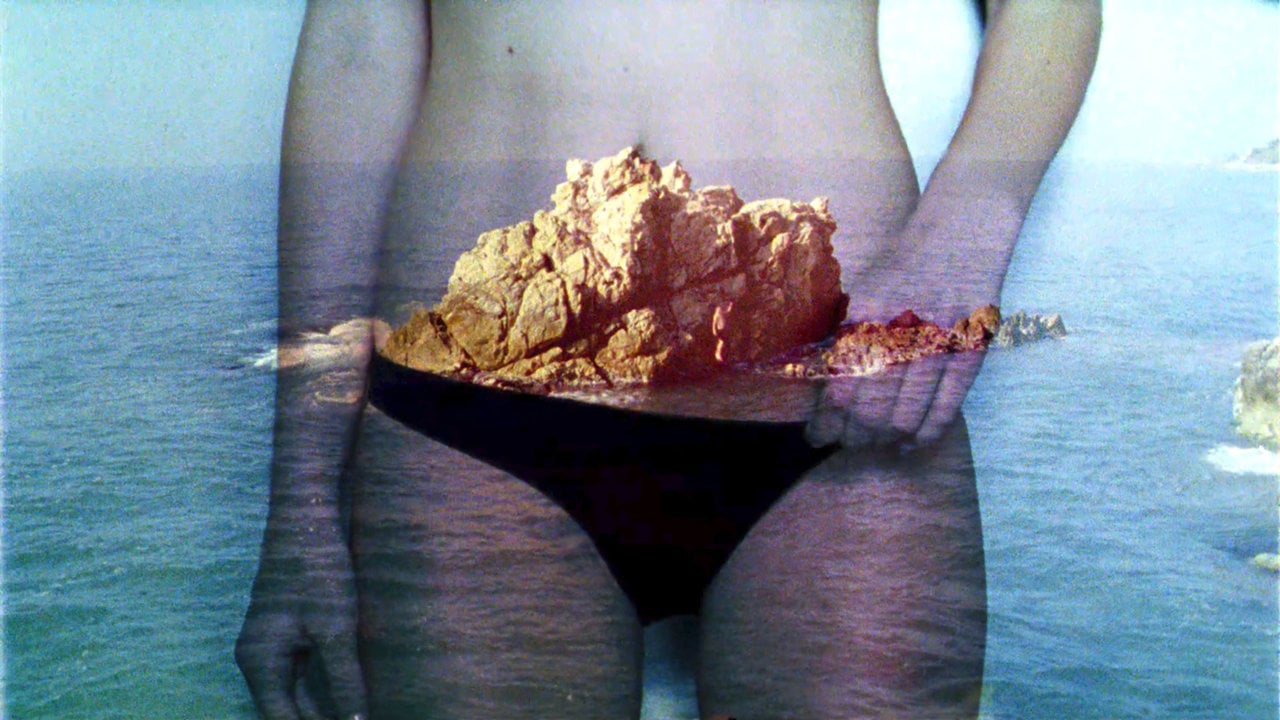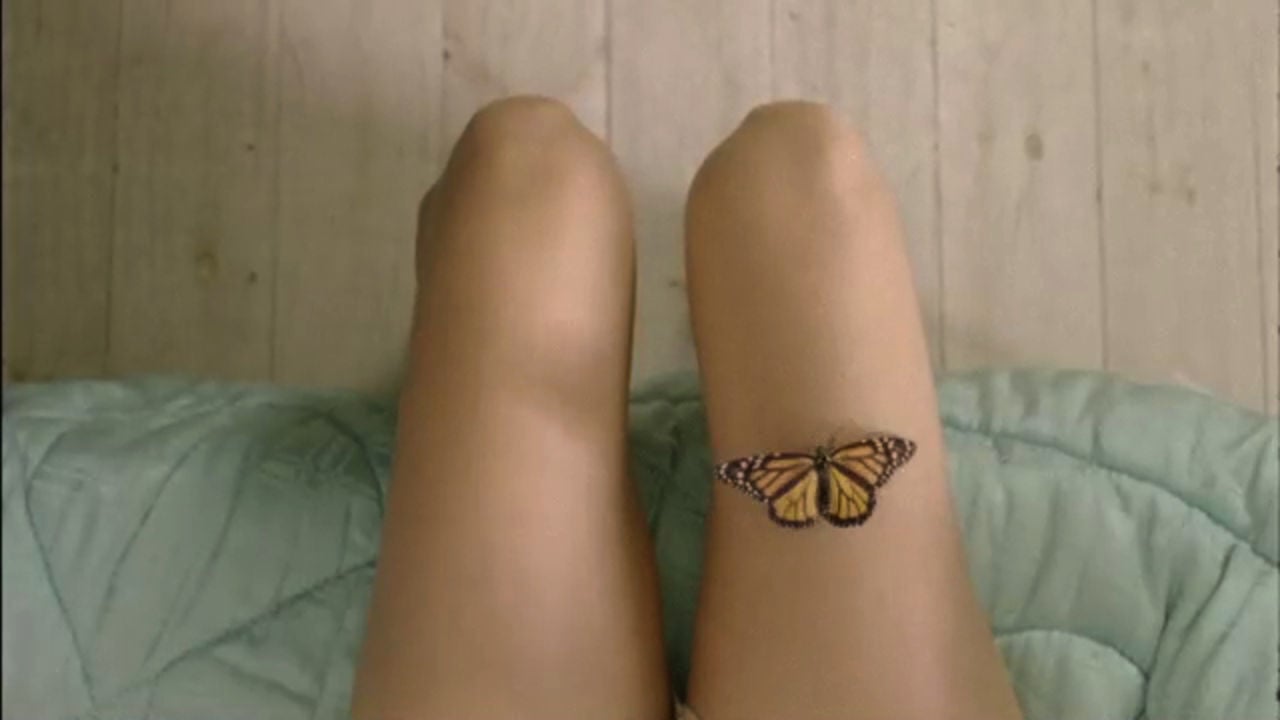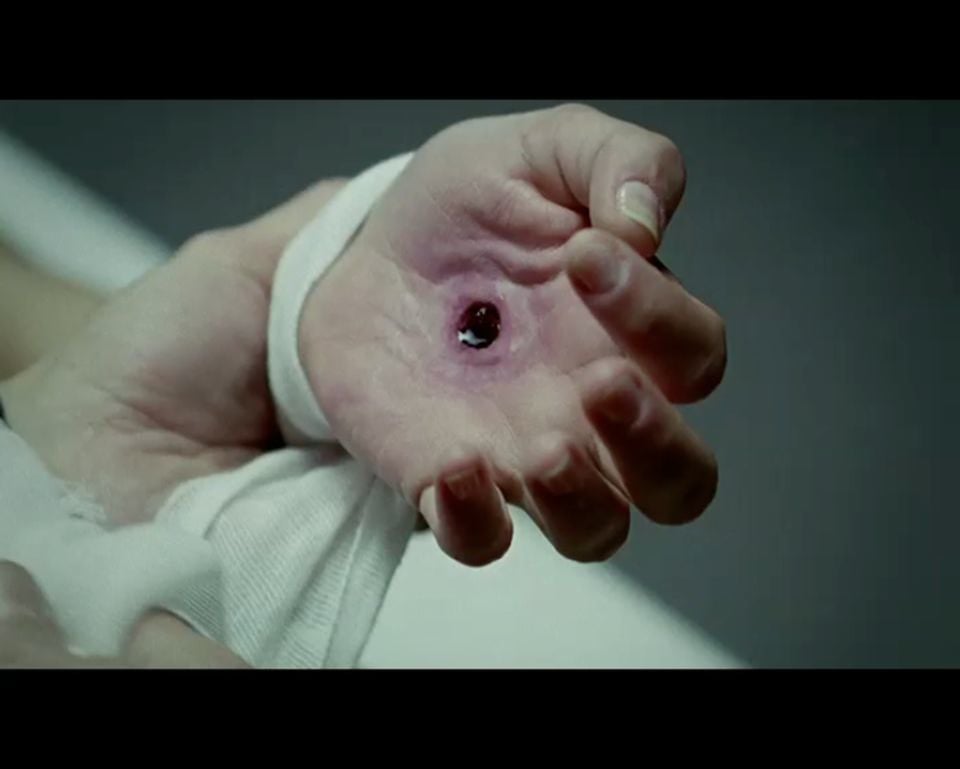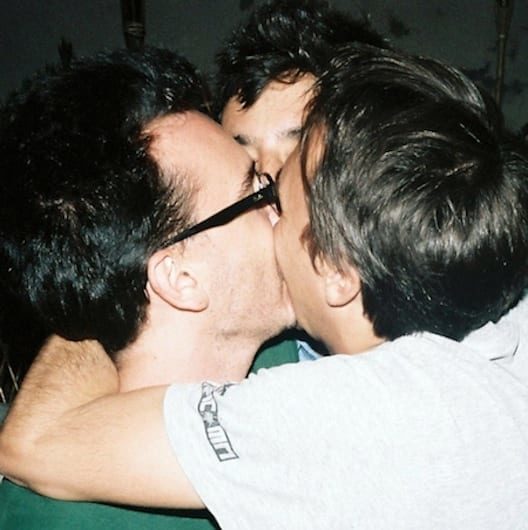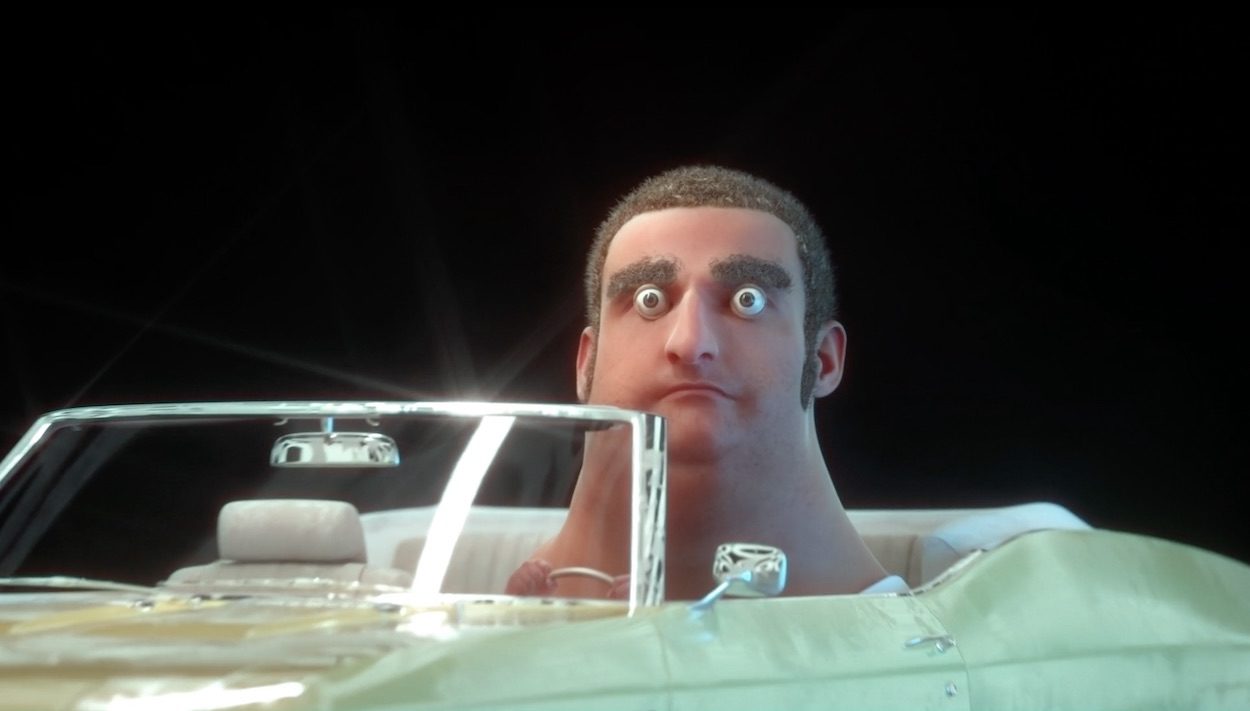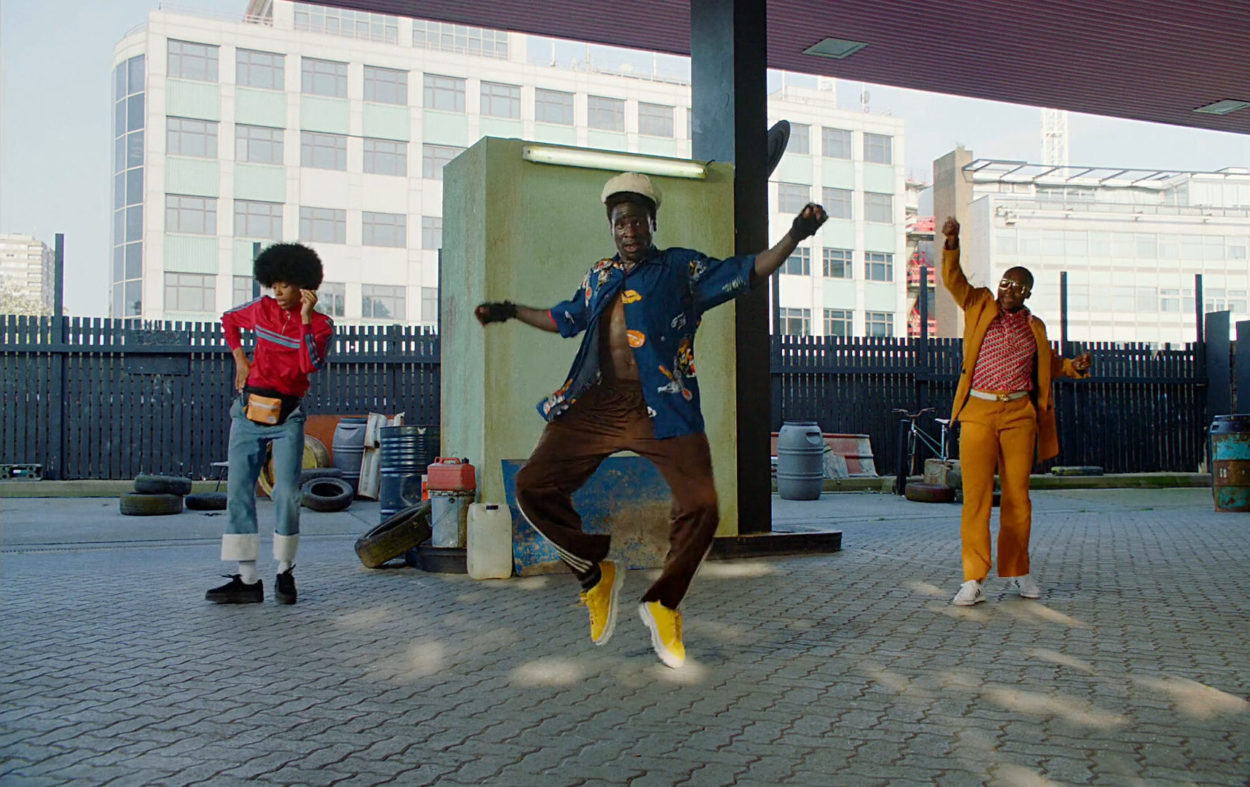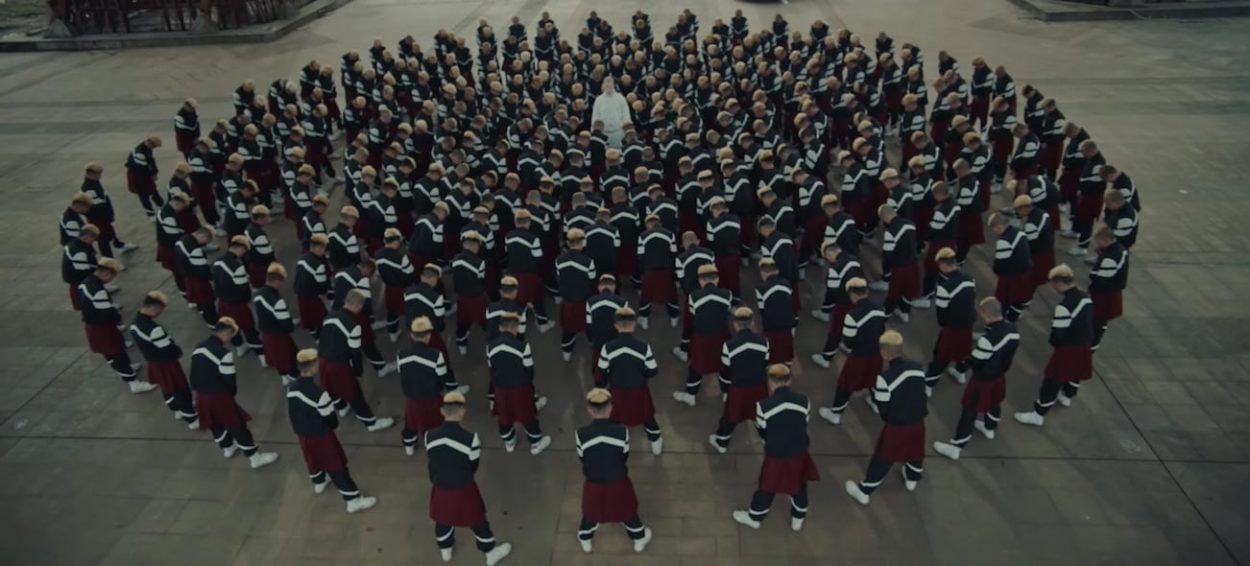As we all know there’re many ways of telling a love story – but we rather like CANADA’s way for 55 Diesel. Shot in Italy by one of our favourite cinematographers and long-time CANADA collaborator Marc Gomez del Moral the film is unclichéd, resonantly quirky and brilliantly scripted. Just like the best of love stories.
The Spanish collective comprises of the directing talents of Luis Cerveró, Nico Méndez and Lope Serrano with producer Oscar Romagosa and here 1.4 caught up with Luis and Nico in Barcelona.
When you look at your videos, especially with your earlier work, at first they appear to be a series of disconnected images and then you look again and realise they are narratives with lots of subliminal layers. How do you go about creating your stories as a team?
The three of us, Nico, Lope and myself (Luis) usually start with a core concept that has to do with the song, it’s hard work.
A visual concept?
Usually the first idea is not visual, it’s more conceptual.
Like, for instance, the Holy Ghost or for Scissor Sisters it was more about the character in Belle de Jour who was obsessed with sex and religion. We researched the idea until we found a nucleus where we can pull other references –– then you start developing and researching and adding layers of different things that you can shoot based on that main idea.
It’s all in our treatments, it’s not improvised or random, everything is to do with the main idea.
Your work is usually rammed full of images almost like stills…
Yes, we must stop doing that.
When you do a film it’s laborious because you have to build bridges between scenes and the good thing about doing music videos is that when you shoot something for just three minutes you can just concentrate on images which are visually appealing.
It’s a bit psychotic how we shoot because we just shoot and shoot and shoot… and then we have so much stuff that it’s actually quite fast to edit.
I’m surprised that you do so much shooting as you still shoot on film don’t you?
Yes but we don’t shoot too many takes. They are easy shots because they’re not long shots with dialogue and lots of acting that we have to repeat over and over again in order for them to be really well done. If you shoot small things you can shoot more.
But you’ve done long shots, for instance in White Lights you did the battle of the people, fighting in the streets, out in the fields…
We shot that out the back until the police came and we got a fine from the city hall because it looked like barrels of grass with smoke coming out, there was about 25 skin heads beating each other up, so the police were insisting that we had to call it off.
In quite a few of your videos you have religious icons and references, is that something deeply rooted in your backgrounds culturally?
In White Lights it’s because the video asked for it, it comes from the title of the song, in Scissor Sisters it was more about the story of the contradictions of this lady – her family, religion, sex..
In Spain religion is still very present in daily life and the cinema, if you think about good Spanish cinema like Buñuel or artists like Goya they were all very influenced by religion, it’s very deep in our culture. Although it’s not that we’re deeply religious. It has more to do with iconic imagery, crosses, churches, the mother Mary, that’s nice to shoot.
Are you great fans of Buñuel?
Not that much. We talk more about the things he does in his subconscious cinema than his religious obsession. We often talk about Sylvia, the phantom of liberty, the invisible schoolgirl, those kind of things that Buñuel did which were really interesting. He was playing with the syntaxes of the cinema, he was very wise with his jokes.
We like him, but I don’t think he’s a big influence on us. In Scissor Sisters the character was meant to be like the girl in Belle de Jour but that’s the only work though.
How did Canada come about, what was the beginning?
We worked in different companies and knew each other and bitched about how hard it was to do commercials. We felt it was a kind of unpleasant job – working as individual directors. We were fans of each other’s work … I lived in Madrid and finally we felt it might be a good idea to join forces so that the commercial work wasn’t that hard, so it wasn’t that unpleasant.
None of us knew about running a company – and we still don’t. We just did it and every day we had to find how to do it but the creative side has always been nice although in the beginning it was hard as we didn’t have any clients and we had to hire people. This was in 2008.
Legally it was November 2008 but we had the office in April 2009.
The three of us came together to shoot commercials but it was the music videos which bonded us as you don’t make money making videos, it’s a passion thing. We were all active in music videos and that’s what brought us together more than commercials.
You are good at special effects too aren’t you?
Really? What do you mean by special effects? No, we don’t know how to use post production as we always do it in camera. We use post only in commercials. We don’t like digital post production so we try to do things the old way like optical effects, just tiny things, we never do super post, it’s more graphics, we don’t usually composite, we don’t work in layers a lot. It is things you could do 30 years ago.
You say you don’t work in layers but quite a lot of your work…
I mean like digital layers. Like shooting the foreground, we don’t normally use green screen.
When we start thinking we never think about what we can do in post production.
Before we formed Canada, we did a lot of post-production and green screening for commercials and, well, it’s super boring to be shooting against a green wall…
So you guys are more about blue skies and mountains and locations?
We like to shoot things which are more real, we don’t like to show things that are fake. You can always change the sky or clouds to make it more beautiful but we like that what you see is for real and to capture that on camera.
Looking at it in a more ideological way we don’t like to fake things up too much.
Just when we thought we had you sussed as directors of a slower paced, highly visual, non-vfx films, out came your film for Justice which is epic in every sense and hugely dependent on vfx. What motivated the big change?
It was actually Justice, who are a pair of big big teasers, who said that they wanted to do something totally different with us. So no ladies and no randomness this time. They wanted something narrative, classic, epic and man-based. We jumped on it blindfoldedly.
Any major challenges and how did you overcome them?
As you can imagine, the main challenges were budget and time. And we did not overcome them in any way hahahahhaha. But besides that any tiny bit involved was a challenge, from location to styling to casting you name it.
So is Marc Gomez del Moral who has shot most of your videos and now Diesel your favourite cinematographer?
More than favourite, he is like a brother, he has been doing things with us for more than ten years so it’s natural.
Our favourite cinematographer is probably someone like Harris Savides.
Most times the human quality is more important … being with Marc is a pleasure. We like working with him on a human level, he’s always fun and up for anything. Shooting Diesel in Italy for 11 days would have been impossible with any other cinematographer.
We started shooting around Lake Como up north and driving and flying all around and down to Sicily and Stromboli in the peak of the boot. Marc is married to a gorgeous Italian woman, speaks Italian and loves to eat and cook Italian, so it was definitely a job for Marc!
How did the story evolve for Diesel?
The basic idea was to build a love story as a road movie and talk about the essence of Italy and how it’s a bit fading down these days. So again plenty of references to Italian films, artists and literature from the past, even other things you may imagine as food, hand talking, carnivals, medieval puppetry and even mafia.
The major challenge was to shoot for 11 days in 16 mm with the laughable budget there was, and to accomplish that with a crew of just five people.
Are you interested in filming fashion?
We haven’t done so much fashion as there isn’t a strong fashion industry here in Spain, it’s like they give you the creativity but they don’t have the money to do it. You can do whatever if you want but you have to pay for it.
When we don’t work “in-house” like with Marc, you get so many problems, if you work with Marc you have him all the time… it’s relaxed, like spontaneously being able to go and check on a location, but if you have another dp or if you don’t know the team, generally, everything is on schedule you can only work with them on the days.
Also in Spain schedules and time are super relaxed it’s not so tight.
Just talking about process. When you come up with narratives do you set yourself deadlines, or do you know when you’ve got it, do you then storyboard it or do a shot list?
We have a lot references also. We know a lot of things we have to shoot and so we have a shot list, maybe some drawings but not storyboards for music videos.
Luis has it all planned in his head.
Yes, I can’t sleep at night before we shoot because it’s all in there boiling.
The battles video he edited it in one day.
But how many shots are in it, it’s like animation bang bang bang…
There are 500 shots.
That’s almost stop frame.
Yes. There is a point where there is playback with the girls painting themselves with colour paint and that is shot at three frames. It’s 100 cuts but not shots.
So how does your mind work Luis? You’ve got the whole sequence going on in your head?
That was also because we had a deadline three days after the shoot, so there was one day for telecine, one day for edit and the following day for delivery.
But many times before the shoot I do an abstract edit with colours so you can see the length of the shots which helps enormously.
There’s never a credit for editing because we do it ourselves and usually we take the camera ourselves.
That’s what the pity of Adidas was. I (Luis) wasn’t allowed to take the camera myself because I don’t know why I wasn’t supposed to be the DP, so for me it was very strange not to be holding and framing with the camera. Holding the camera is like editing because you see what’s happening and you go to get what you need and you know that you are going to use only very small parts of what you are shooting so you can get them really fast and easy if you have the camera. If you don’t have the camera it takes much more time, you have to prepare the shot, sometimes you are there with the camera because you are doing another shot and you can go like this and that (swings around), and you can get many shots in just one moment.
Also when you know the beat of the music, you know the speed, it’s easier than telling someone else how to do it.
Sometimes in terms of acting it’s good not to have the camera because you have to take care of so many things. If you’re panning one shot and there are two people talking in the shot and you are watching the people talk and suddenly they come out of frame because you forgot to pan…
In Italy (on Diesel) we shot a party which was quite loud and it was very hard to move around and I was holding the camera and I couldn’t see anything and I gave the camera to Marc and suddenly it was so easy.
What would your dream job be?
No job. Vacation.
Getting paid a lot of money to do things we like.
And what would the dream brand be?
We’d like to do Sony Bravia because they’re so big and abstract.
What are you working on now?
Pitchin and bitchin.
LINKS:
CANADA
